Cooking Tips From the Pros
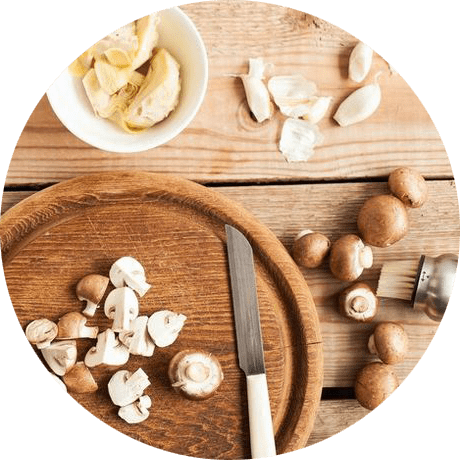
Home cooks probably do not have a walk-in refrigerator or morning prep crew at home to ease their kitchen chores. There are, however, many practices that professional chefs use every day that translate well to the home kitchen.
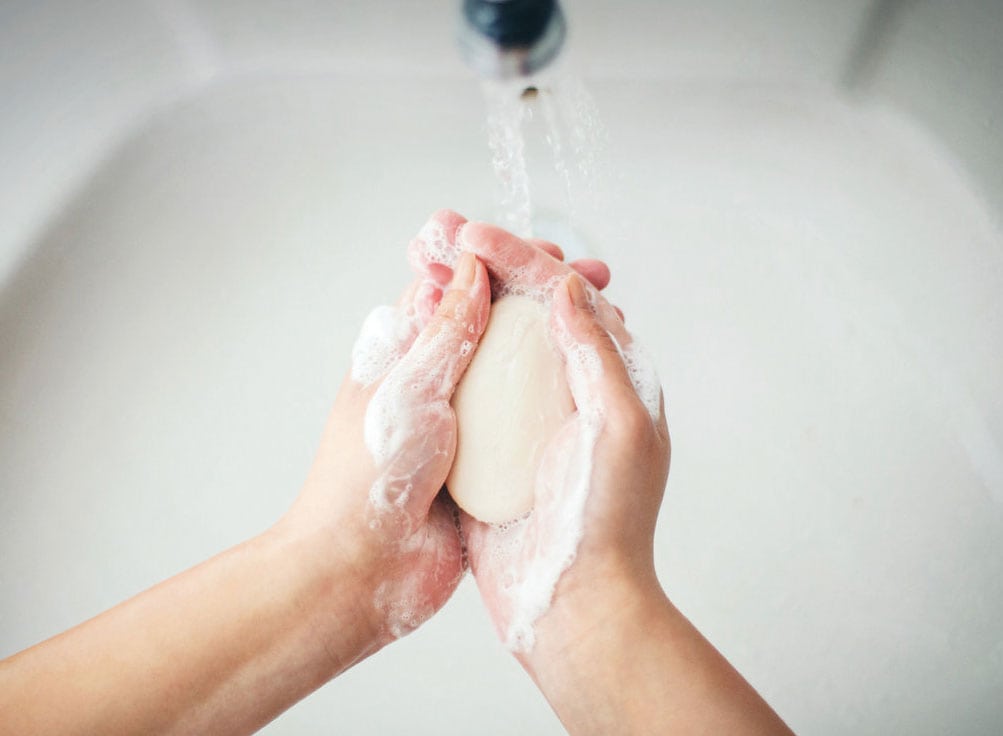
Wash your hands. That is the first, unpublished, step to every recipe. It is also a good habit to develop between steps in a recipe and before you serve the meal. Disposable gloves are an option if you change them each time you touch something new.
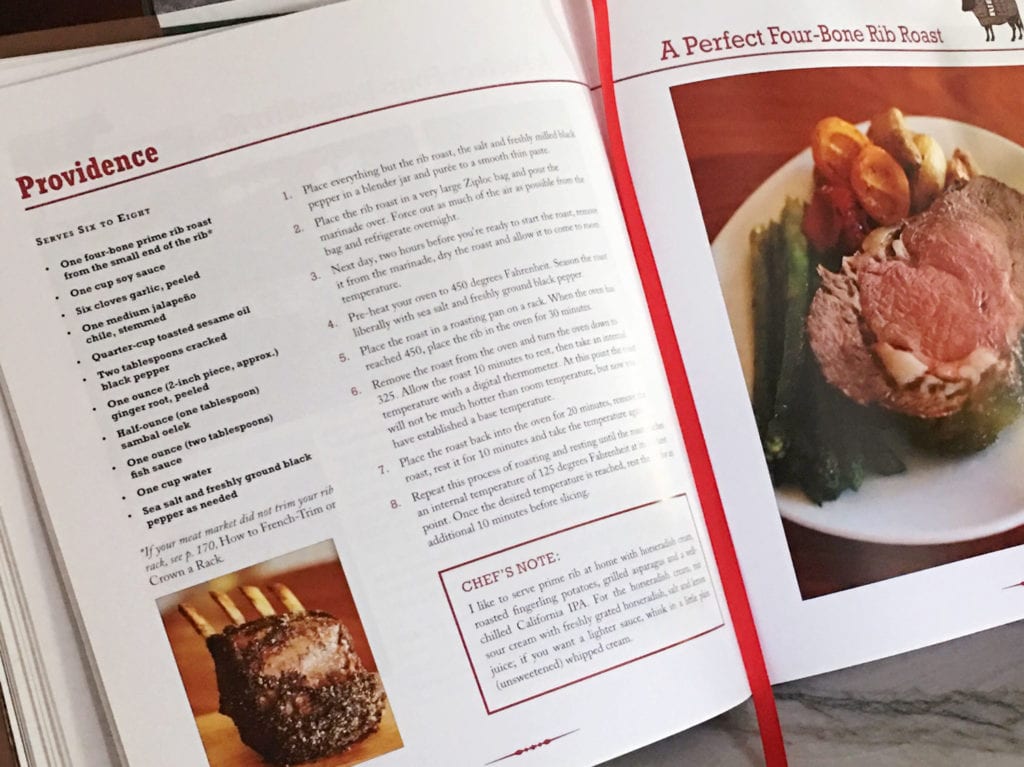
Read through the recipe before you begin. The better you understand the steps of the recipe, the easier it will be to follow once the heat is on.
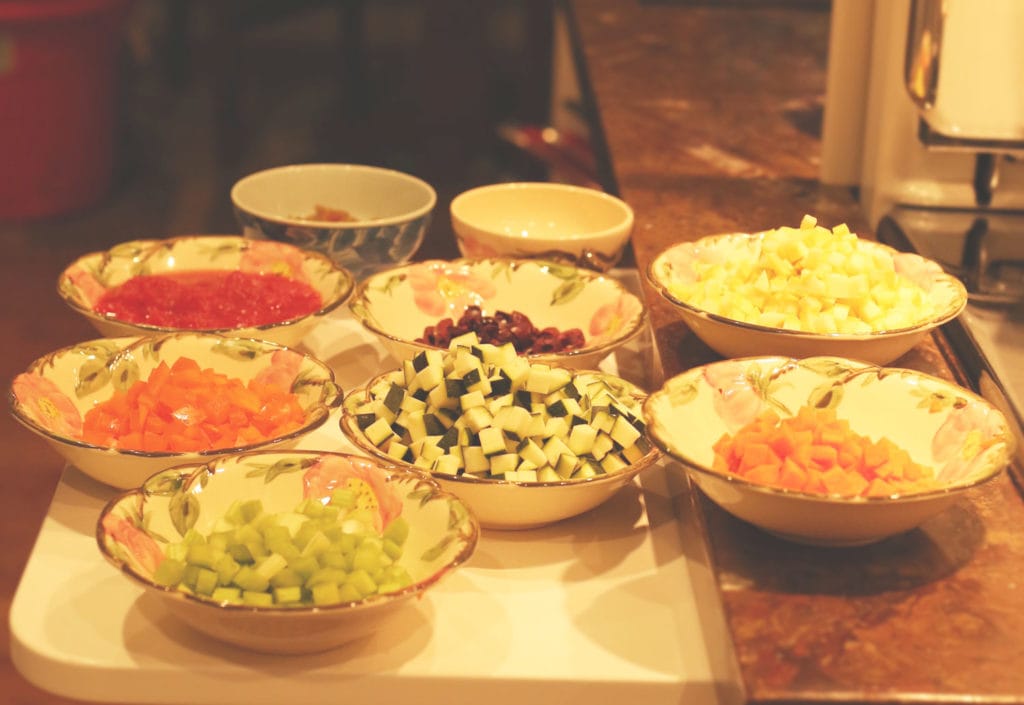
Prepare your ingredients in advance and have them set up near your cooking area. Chefs call this mise en place (pronounced MEE-zon-plahs). Line up the necessary cooking equipment too. That way, you won’t find out when you are halfway through your sauce that you need half a cup of diced onions. You won’t have to dig through kitchen drawers for the toothpicks. You will sail through the cooking and sit down to your meal in a good mood.
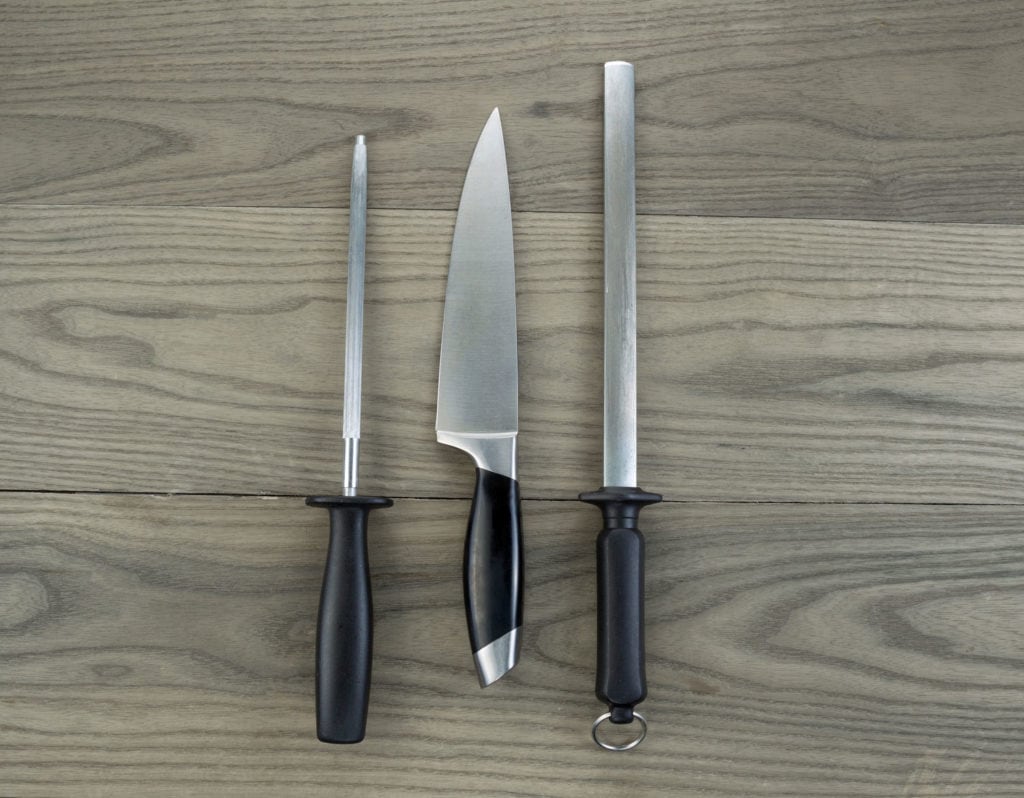
Sharpen your knives. Dull knives result in bad cuts—to the food and to the cook. Dinner spent in the emergency room is memorable, just not the memory you had in mind when you planned the meal. Another tip for safe knife work: Never leave your knives in the sink. Wash them immediately, hone them on a sharpening steel and put them away.
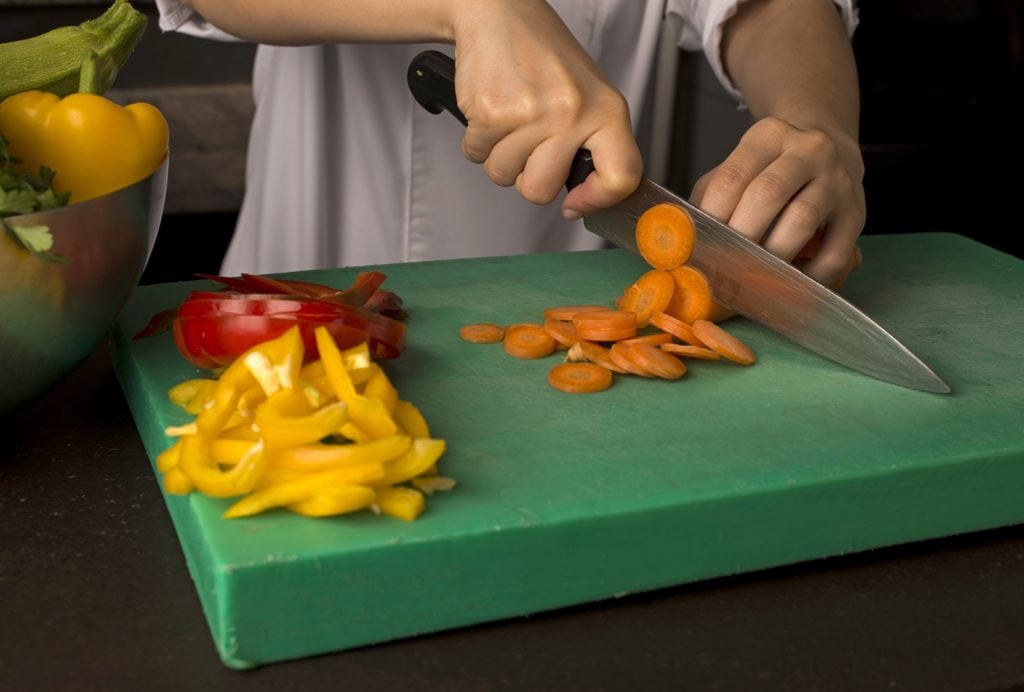
Clean as you go. An uncluttered work area makes quick work of most tasks. But if you are up to your elbows in dirty cutting boards and bowls, you will just get frustrated.
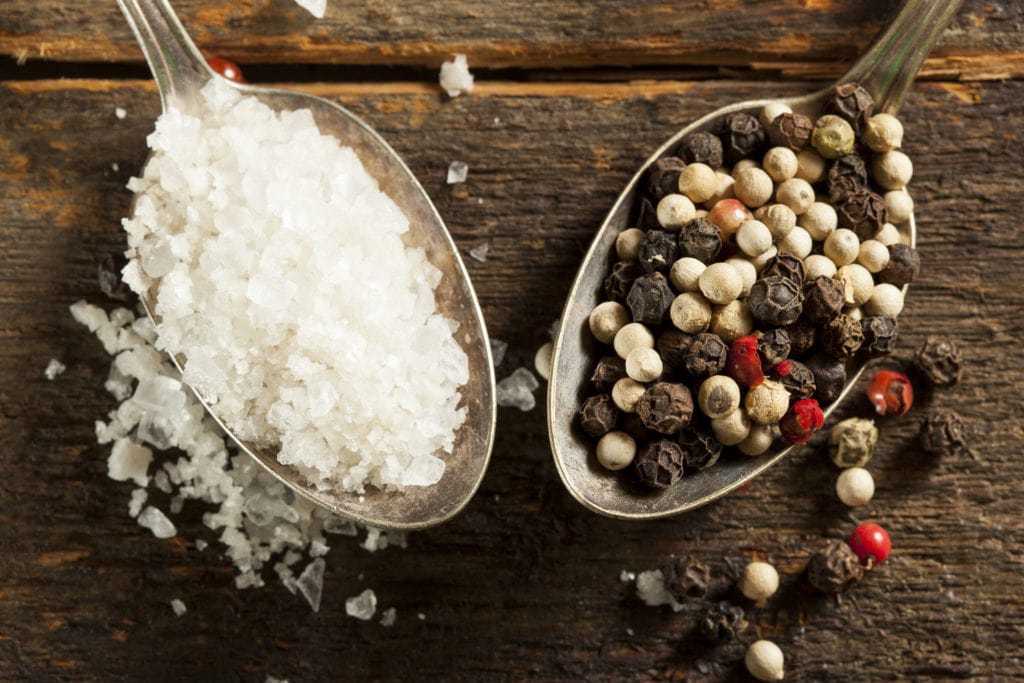
Don’t be afraid of salt and pepper. If your food tastes bland, it probably needs a little more salt. Just make sure to add it slowly and taste as you go so you don’t oversalt your food.
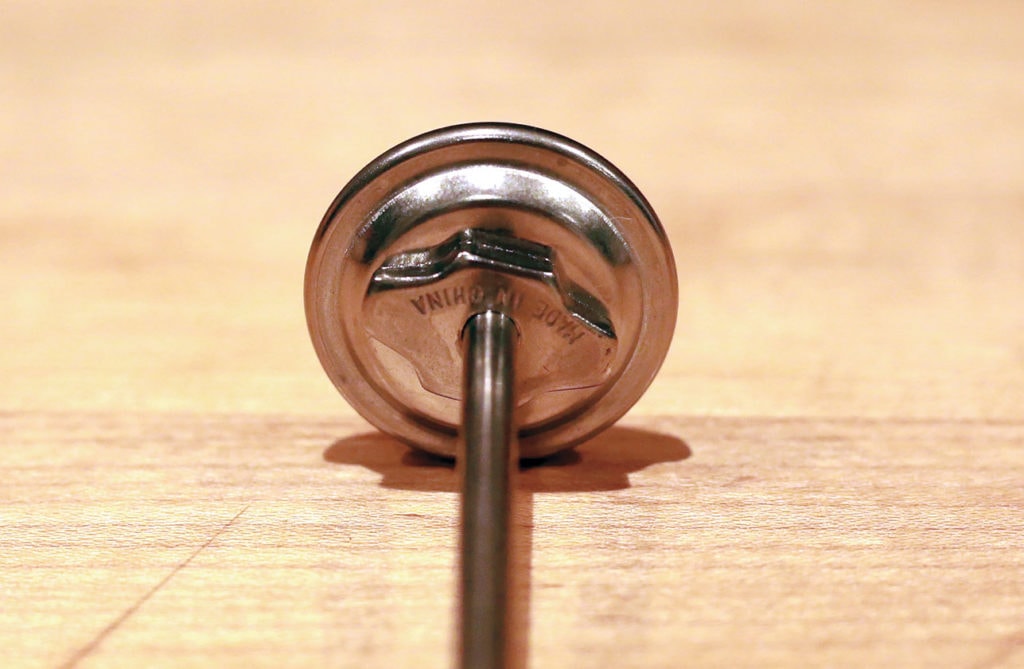
Invest in an instant-read thermometer. Many recipes require the cook to temp the food at some point, especially with meat items. (This is not to be confused with a meat thermometer, which is left in the roast. An instant-read thermometer takes the temperature quickly, then is removed from the food and washed.) If you have an instant-read thermometer but have not used it in a while, you may want to calibrate it before you use it again. Fill a glass half full with ice, fill it the rest of the way with water, stir the water and stick in the thermometer. When the needle stops moving, it should be on 32 degrees Fahrenheit. Anything else and you will need to adjust the dial to 32 by moving the screw directly under the dial head.
